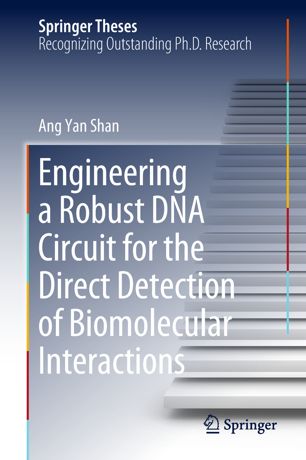

Most ebook files are in PDF format, so you can easily read them using various software such as Foxit Reader or directly on the Google Chrome browser.
Some ebook files are released by publishers in other formats such as .awz, .mobi, .epub, .fb2, etc. You may need to install specific software to read these formats on mobile/PC, such as Calibre.
Please read the tutorial at this link: https://ebookbell.com/faq
We offer FREE conversion to the popular formats you request; however, this may take some time. Therefore, right after payment, please email us, and we will try to provide the service as quickly as possible.
For some exceptional file formats or broken links (if any), please refrain from opening any disputes. Instead, email us first, and we will try to assist within a maximum of 6 hours.
EbookBell Team

4.3
68 reviewsThis book provides essential insights into designing a localized DNA circuit to promote the rate of desired hybridization reactions over undesired leak reactions in the bulk solution. The area of dynamic DNA nanotechnology, or DNA circuits, holds great promise as a highly programmable toolbox that can be used in various applications, including molecular computing and biomolecular detection. However, a key bottleneck is the recurring issue of circuit leakage. The assembly of the localized circuit is dynamically driven by the recognition of biomolecules – a different approach from most methods, which are based on a static DNA origami assembly. The design guidelines for individual reaction modules presented here, which focus on minimizing circuit leakage, are established through NUPACK simulation and tested experimentally – which will be useful for researchers interested in adapting the concepts for other contexts. In the closing section, the design concepts are successfully applied to the biomolecular sensing of a broad range of targets including the single nucleotide mutations, proteins, and cell surface receptors.